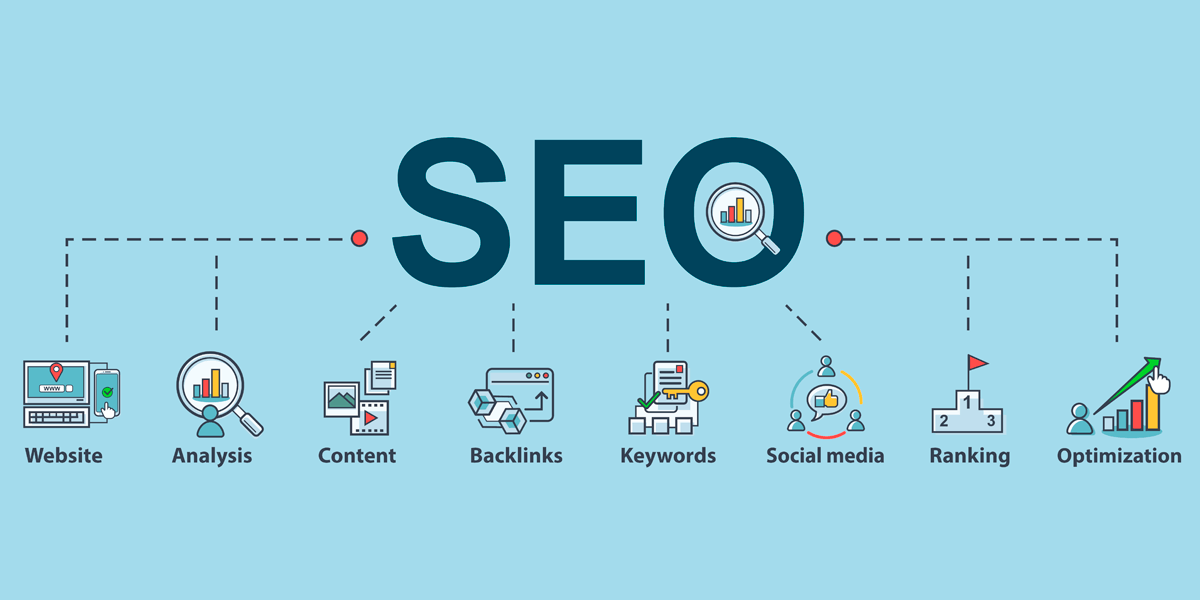Introducing the Unconventional Mediums in Google Analytics Beyond Default Setups
In the realm of electronic analytics, Google Analytics stands as a foundation for organizations seeking to comprehend their on-line visibility. While default setups offer beneficial understandings, truth depth of comprehending hinge on discovering the unique mediums that usually go undetected. By venturing past the surface area and diving into the ins and outs of social media data, e-mail project performance, referral web traffic resources, direct website traffic patterns, and custom network groupings, a treasure of information waits for those ready to welcome an extra nuanced strategy. However, what lies underneath these unconventional tools may just redefine just how companies perceive and strategize their online campaigns.

Leveraging Social Network Insights
Periodically neglected, yet greatly beneficial, is the method of leveraging social media sites understandings within the realm of Google Analytics. By integrating data from systems like Facebook, Twitter, Instagram, and LinkedIn right into Google Analytics, companies can obtain a deeper understanding of their target market and the efficiency of their social media campaigns.
Through this assimilation, online marketers can track and analyze customer actions on their internet site that stems from social media platforms. They can identify which social media sites channels are driving the most traffic, which web content is resonating with the target market, and which projects are transforming one of the most leads. This understanding allows for data-driven choices to maximize social media methods and improve general marketing performance.
Additionally, by incorporating social networks insights with Google Analytics, companies can develop extra targeted and personalized projects - what is not considered a default medium in google analytics. They can make use of group details, rate of interests, and on-line habits gathered from social networks to fine-tune their target market division and provide customized messages that resonate with certain client teams. This targeted method can lead to greater engagement, boosted conversions, and eventually, boosted return on investment
Uncovering Email Campaign Performance
Revealing Email Project Efficiency entails analyzing crucial metrics and performance indicators to evaluate the performance of e-mail marketing efforts. When delving into email project efficiency, it is vital to examine metrics such as open rates, click-through rates, conversion rates, and unsubscribe rates. Open up rates suggest the percent of receivers that opened up the email, offering understanding right into the effectiveness of subject lines and sender names. Click-through rates gauge the percent of recipients who clicked on links within the email, revealing involvement degrees. Conversion rates track the percent of recipients that finished a preferred activity after clicking a web link in the e-mail, such as buying or signing up for an e-newsletter. Unsubscribe prices highlight the number of recipients that opted out of getting more e-mails, shedding light on e-mail material high quality and relevance. By assessing these metrics, marketers can tweak their e-mail advocate better engagement and performance.
Analyzing Reference Web Traffic Resources
After reviewing the efficiency of e-mail campaigns through crucial metrics such as open rates and conversion rates, the following important step is analyzing reference web traffic sources in Google Analytics to recognize where web site site visitors are originating from and how they connect with the website. Reference traffic resources describe the internet sites that route customers to your useful source website via clickable links. By diving into this information, companies can obtain understandings into which exterior systems are driving website traffic to their site, whether it be social media sites systems, companion websites, or on the internet directory sites.
It helps companies recognize high-performing recommendation resources that add dramatically to internet site web traffic and conversions. Google Analytics uses comprehensive records on reference web traffic, allowing services to track the efficiency of each recommendation resource properly and make data-driven choices to enhance their online presence.
Discovering Direct Website Traffic Patterns
Exploring the direct website traffic patterns in Google Analytics provides useful understandings right into customer habits and the performance of projects - what is not considered a default medium in google analytics. Direct traffic describes site visitors who land on a website by directly inputting the link into their internet browser, using bookmarks, or clicking untagged links. Recognizing direct website traffic patterns can assist marketing experts assess the impact of offline advertising initiatives, brand recognition, and the effectiveness of word-of-mouth recommendations
By delving right into straight traffic data, companies can reveal crucial info regarding user intent and brand commitment. Assessing the behavior of direct site visitors, such as the web pages they check out, the moment invested on site, and the conversion rate, can supply a deeper understanding of user interaction and the click over here now total performance of the site in converting visitors right into consumers.
Moreover, tracking direct web traffic patterns in time allows companies to determine fads, seasonality effects, Clicking Here and the success of specific projects or promos in driving straight visits. This details can after that be utilized to fine-tune advertising and marketing approaches, maximize web site content, and improve the overall customer experience to take full advantage of conversions.
Making Use Of Custom-made Channel Groupings
Making use of custom channel groupings in Google Analytics enables organizations to categorize and evaluate their web site traffic based upon details criteria, giving beneficial understandings for maximizing advertising and marketing techniques. Custom-made channel groups allow firms to create their very own tailored collections of website traffic sources, such as social media, organic search, e-mail campaigns, and reference traffic. By specifying these collections, businesses can gain a much deeper understanding of how different advertising and marketing channels contribute to their web site traffic and conversions.
This function is especially valuable for companies with varied marketing approaches across different systems. A business running both paid and organic social media campaigns can differentiate in between the two to analyze their specific performance precisely. Furthermore, customized network groupings can assist identify any type of ignored or taken too lightly website traffic resources that may be driving useful involvement.
Final Thought

By venturing past the surface area and delving right into the complexities of social media information, e-mail campaign efficiency, referral web traffic sources, straight traffic patterns, and custom network groups, a treasure chest of information waits for those eager to embrace an extra nuanced method. They can recognize which social media channels are driving the most traffic, which content is reverberating with the target market, and which campaigns are transforming the most leads.After assessing the efficiency of email projects through vital metrics such as open rates and conversion prices, the next essential step is analyzing reference web traffic resources in Google Analytics to comprehend where site visitors are coming from and how they communicate with the website. Custom-made channel collections enable firms to produce their very own personalized groupings of website traffic resources, such as social media, natural search, email campaigns, and recommendation traffic. By leveraging social media understandings, revealing e-mail campaign performance, examining recommendation traffic sources, discovering direct web traffic patterns, and making use of custom-made network groups, marketing experts can gain important understandings right into their on-line existence.